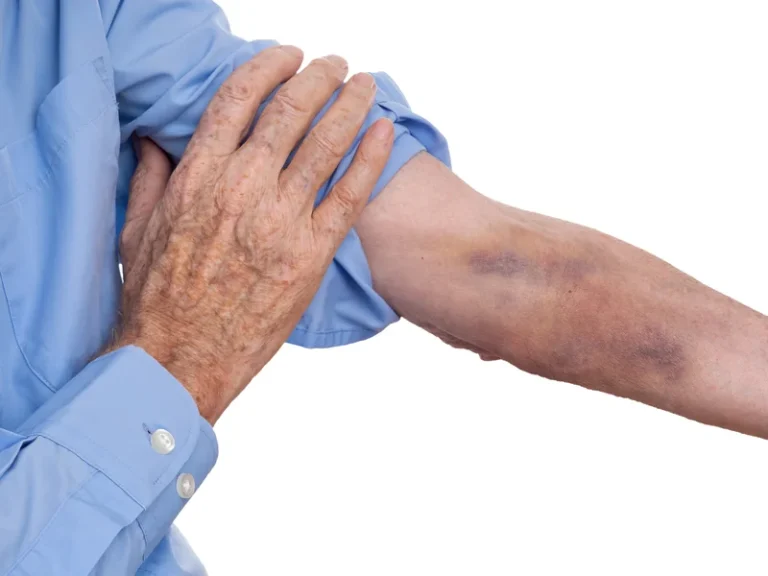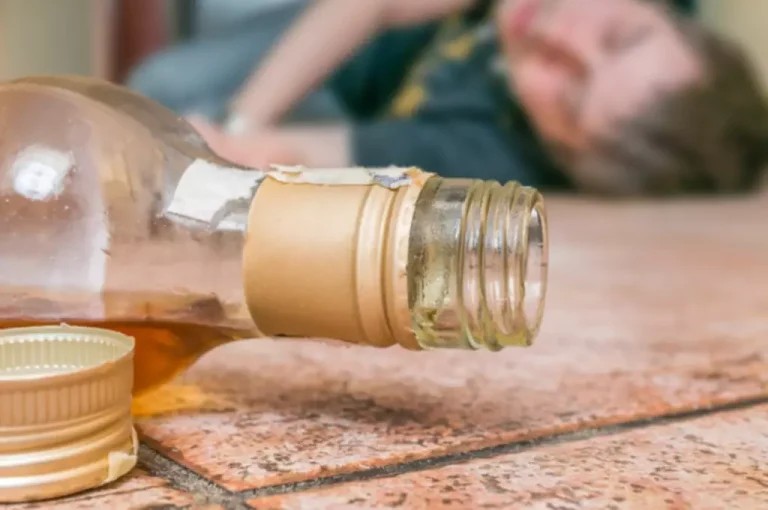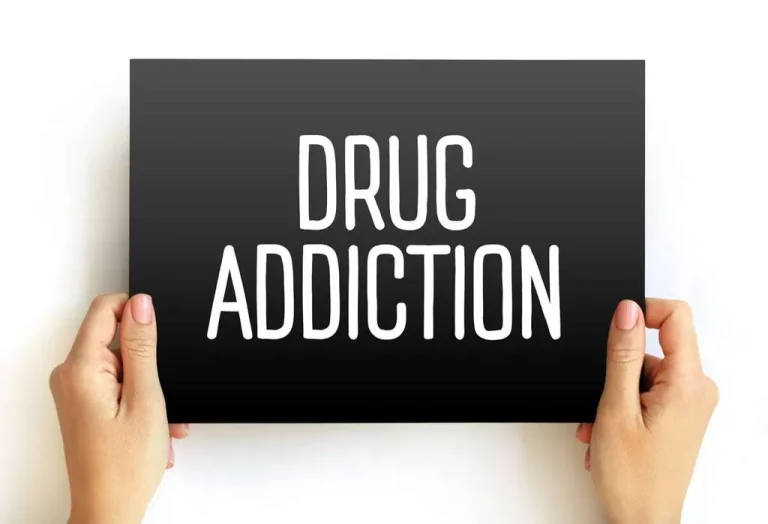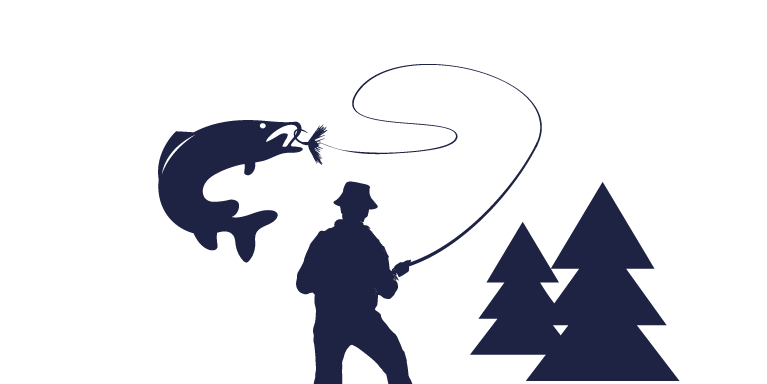
It is important to remember that OUD is not the result of personal failure or insufficient willpower; it is a brain disease for which effective treatment options are available. Since OUD is a chronic disease, medically managed withdrawal is like treating a heart attack without treating the patient’s underlying heart disease that caused https://ecosoberhouse.com/ the heart attack. Methadone and buprenorphine help reduce withdrawal symptoms by targeting the same centers in the brain that opioids target. According to the National Institutes of Health (NIH), you may safely take the medicines long-term, even for life. You should not quit taking them without first talking to your doctor.
Risk factors for developing opioid use disorder
- You should always talk to your doctor before you stop using a drug, even an opioid.
- There are also intensive outpatient programs where you spend some hours at the facility but return home every night.
- Talk to your family doctor to find out if this information applies to you and to get more information on this subject.
- The risk of addiction and how fast you become addicted varies by drug.
Opioid overdose treatment with naloxone can be used in an emergency situation when a person has taken an overdose of opioid drugs and has stopped breathing or is in danger of stopping breathing. Naloxone flushes the narcotic out of the brain’s receptors and can reverse the overdose, but it does not address the underlying opioid use disorder as addiction treatment would. The medications methadone and buprenorphine can be used to help reduce the cravings for opioids and prevent withdrawals. They must be given in combination with talk therapy and their dose is decreased over time. While methadone and buprenorphine can produce feelings of euphoria in people who do not otherwise take opioids, they do not cause euphoric effects in people with OUD, who have developed a tolerance to opioids.

How is opioid use disorder treated?

In addition, the mortality rate for people with OUD is 10 times higher than that of the average population. For OUD, CBT involves encouraging motivation signs of opioid addiction to change and education about treatment, as well as preventing relapse. Opioids are responsible for over 120,000 deaths worldwide every year.
More than half a billion opioid pills in 14 years: How prescriptions contributed to a crisis in Baltimore

This may look like using the medicine more frequently than your doctor prescribed, using a higher dose than prescribed, or using someone else’s prescription for yourself. Another sign of addiction is seeking the immediate rewards (the “high”) of the drug despite knowing the consequences. Opioid use disorder occurs when an individual misuses opioid drugs. Addiction occurs when someone keeps using those drugs despite negative social or physical consequences. You can help a loved one living with an opioid use disorder by encouraging them to speak to their healthcare provider or seek help from an addiction counselor.
How to recognize opioid use disorder
- This results in the person taking higher or more frequent doses of the opioid in order to achieve the same level of good feeling.
- The opioid epidemic affects people differently based on age, gender, race, and location.
- To have a professional diagnosis of OUD, a person must meet the criteria defined in DSM-5-TR.
- Once reserved to treat the most serious pain, opioids were hailed as a long-term solution for chronic pain, even without strong scientific evidence that the benefits outweighed the risks.
- Following induction and stabilization with sublingual tablets or the buccal film, subcutaneous solutions and intradermal implants may be used for lasting maintenance therapy.
- Illegal drugs taken without a prescription may include substances that could be deadly.
There are many drugs that fall into this category, including morphine, fentanyl, tramadol, heroin and oxycodone. If you think you or a loved one has developed an addiction to heroin, talk with your doctor or another healthcare provider. They can help you with an assessment and provide further resources for help and recovery. The hallmark characteristics of addiction include intense drug cravings and a strong desire to obtain or use the drug – despite negative consequences that may occur. A person suffering from addiction is incapable of controlling the level of their substance use.
Substance Misuse Explained
- So, the judge ordered that Hohenberger should receive appropriate mental health and drug treatment while imprisoned.
- Some studies find exercise addiction linked with purging and other eating disorder behavior.
- It is normal—although hard—to have these symptoms as your body recovers from the effects of the drug and lessens its tolerance and dependence on the drug.
Some clinicians attempt to discontinue medications for OUD after 1 year of treatment. Other clinicians suggest that treatment should be lifelong due to the risk of relapse and overdose death after patients stop treatment. If treatment is stopped, medications should be decreased slowly and adjusted if withdrawal symptoms are observed.[31][32][33]. There is no consensus among experts on whether methadone or buprenorphine therapy is superior in a broad population of patients with OUD. Thus, the agent use should be based on patient-specific factors.[30] The use of methadone maintenance may increase patient retention over buprenorphine.

If you’re right, speaking up could save the life of someone dear to you. Both methadone and buprenorphine activate tiny parts of nerve cells (opioid receptors) to control cravings, and they are effective and similar in safety and side effects. They may be used as maintenance treatments and, in some cases, to taper off opioid use.


No responses yet